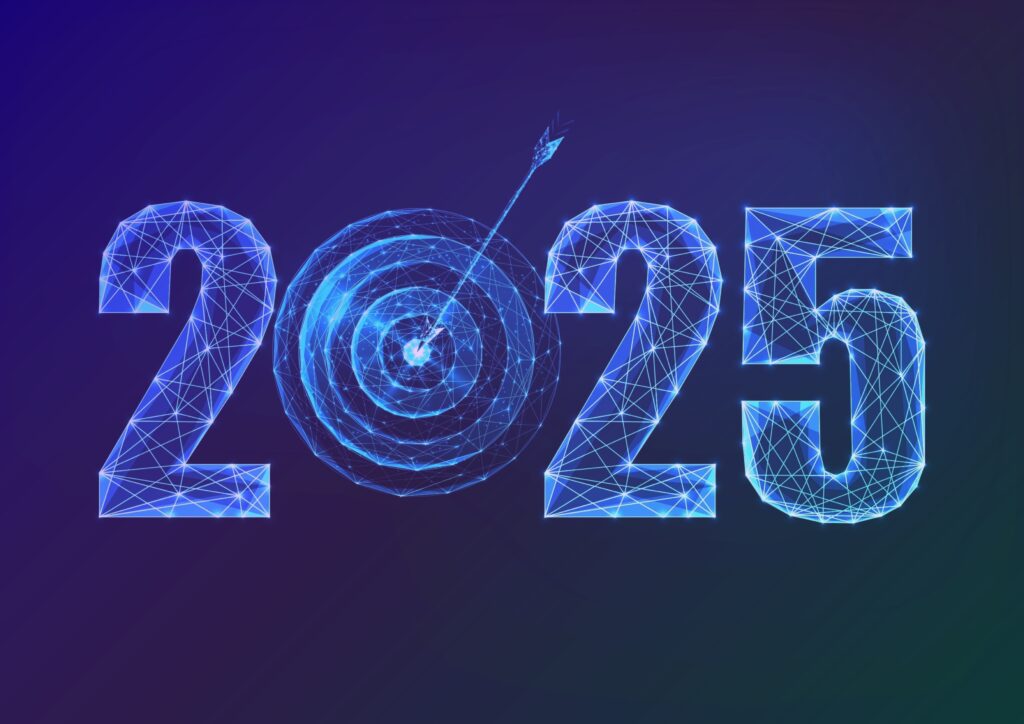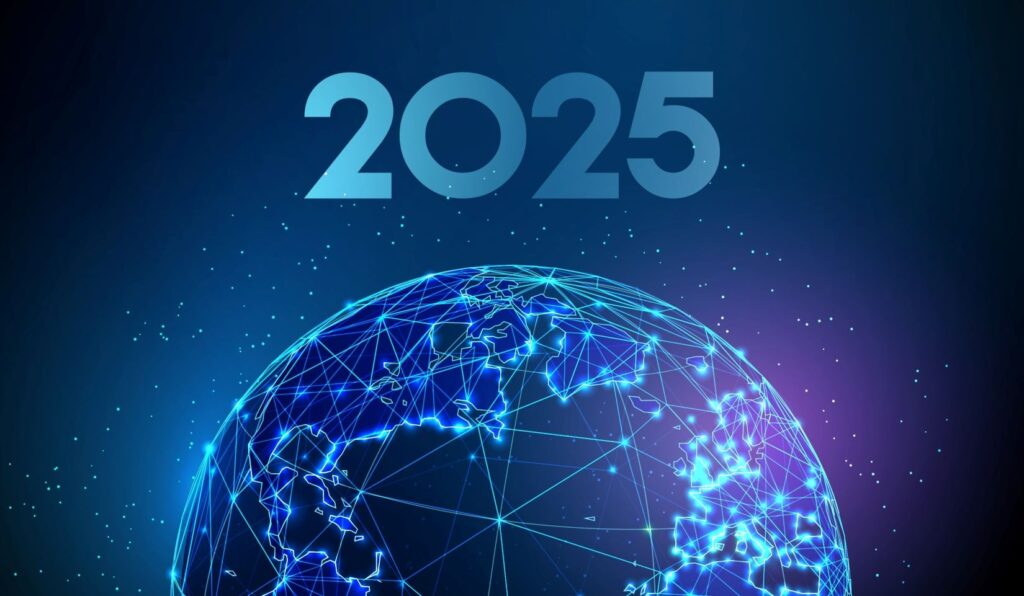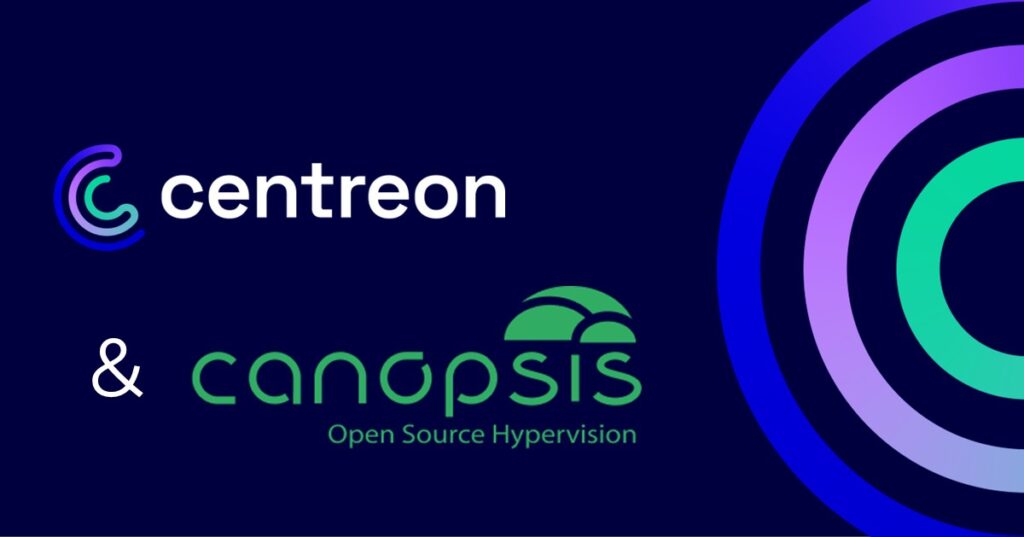Let’s play the matching game! In this post we draw a parallel between your business infinite digital journey and your own journey towards smart monitoring, the unique approach to master present and future IT complexity. We also match some of the top IT monitoring pains with some opportunities to develop smart monitoring maturity. What we’re seeing is that operational excellence may be driven by an organization’s leadership, but the strategies need to be mirrored at the IT monitoring level—where operational excellence is enabled.
Ongoing Digital Transformation Calls for New IT Monitoring Capabilities
What’s up for 2021? Despite the COVID-19 pandemic, CIO priorities have not changed—a recent Harvey Nash/KPMG CIO survey indicates the digital business is keeping a sharp focus on these three areas:
- Operational efficiency to the business
- Customer engagement
- Enabling the workforce
Now, what does it mean from an ITOps perspective? It’s a given that it means progressing towards constant connectivity, no matter the device involved. While this translates to increased technological capabilities for the digital business, there is more than backend integration and monitoring to think about. Managers responsible for IT monitoring need to go the extra mile and mirror CIO priorities in their own set of IT monitoring tools and practices. This is when Smart Monitoring adoption starts making a lot of sense.
89% of respondents say IT monitoring is a high or top priority for their company. – Centreon State of IT Monitoring, 2020.
Top challenges & their opportunities
Now that we’ve drawn a line between CIO and ITOps priorities, let’s match frequent barriers in managing complex digital infrastructure with some key opportunities to build on IT monitoring maturity.
1. Lack of visibility
| IF | THEN |
| Device-based monitoring data provides no or little capacity for contextualization. | Build a smart IT monitoring platform from a clean slate, removing all blind spots and ensuring unified visibility from cloud to edge. |
You’re not alone: Only 27% of respondents rate the visibility over IT performance levels as excellent, which might be explained by the fact that only 61% of the IT estate is monitored, on average. (Centreon State of IT Monitoring)
2. Crucial data loss
| IF | THEN |
| Using multiple unconnected tools causes data duplication and crucial data loss. | Adopt a unified platform that meets the needs of various IT teams to build and enable cross-team collaboration, enhancing time to diagnosis and MTTR. |
3. Manual configurations
| IF | THEN |
| New or changes to IT assets need to be discovered through a complicated process and manually configured, leaving blind spots and “phantom” IT assets. | Integrate IT automation capabilities to prepare for the adoption of new equipment or technologies, as there are constant changes in the IT environment. |
As many as 51% of IT managers still use manual procedures to update the monitoring configuration? (responses from 200 IT professionals, Centreon and FocusVIsion, 2020)
4. IT-facing monitoring data
| IF | THEN |
| Monitoring data only serves to inform on the performance of IT equipment—rather than on the performance of people. | Map the infrastructure and equipment supporting essential business services. Correlate IT-centric data to higher level, user-focused KPIs, which have been defined with key business stakeholders and application developers. |
5. Unoptimized customer experiences
| IF | THEN |
| Line of business (LOB) teams find it hard to grasp the complexity of workflows as they’re planning innovation initiatives and budgets or procuring new technologies. | Fully contextualize and report monitoring data to key business managers using advanced dashboards that include CX monitoring and business contextual information so can better plan, create, and manage the frictionless user experiences the digital business now competes on. |
6. Lack of coordination with line of business (LOB) teams
| IF | THEN |
| If the business can’t get to the next level in terms of operational efficiency without better alignment, shared accountability, and day-to-day, intensified collaboration between IT and LOB teams. | Provide LOB teams with even more IT-based tools to promote and sustain business performance. For example, interconnecting other domains, such as CX and other advanced performance analytics into the mix, effectively bridging the gap between IT and business performance. |
Only 37% of IT managers say they share IT monitoring-gained insights with business stakeholders. (Centreon and FocusVision, 2020)
7. Missed opportunities for continuous and self-guided performance optimization
| IF | THEN |
| The business wants to leverage and mine the full value of Big Data to gain a competitive advantage in an uncertain business environment. | Feed qualified, business-relevant events and metrics from the IT monitoring platform into the corporate business analytics solution, for constant, real-time organizational performance optimization driven by AI and ML technologies as they become available. |
If you’re looking for improved alignment between IT and business, and if smart monitoring is on your wish list for 2021, get in touch. You can assess your smart monitoring capabilities here.















